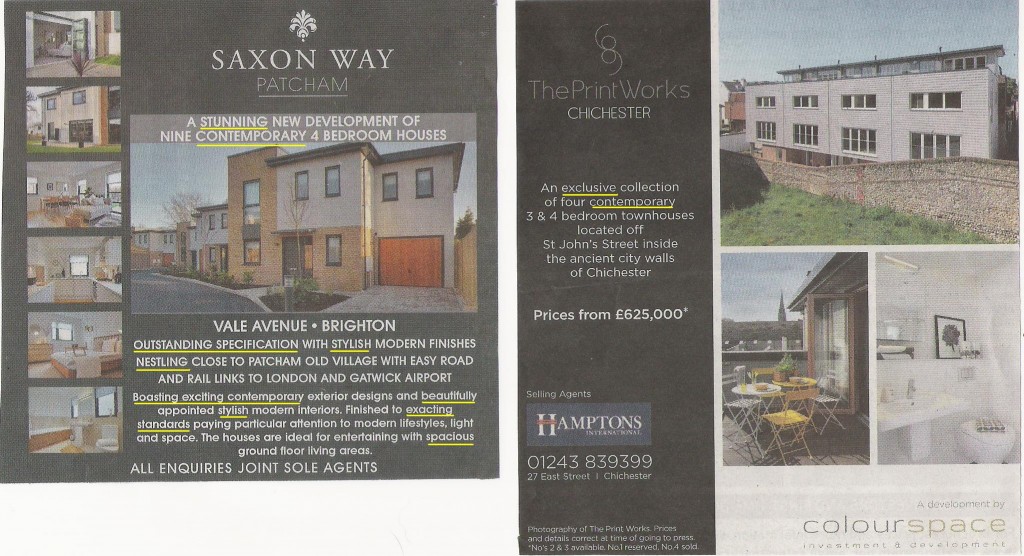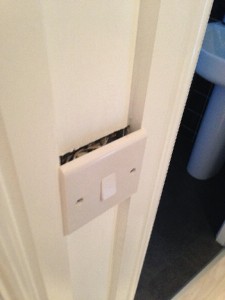More and more people are deciding to save themselves several thousands of pounds by not going down the traditional local estate agent route by choosing to sell for as little as £500 using an online agency. How to do this and why you don’t need an estate agent. As a result most people will need to be aware of the “psychology of selling” when showing potential buyers around their home and follow a few easy tips to help sell their home.
High street estate agencies rely on the fact that most people do not conduct viewings very well and do not know the tell-tale signs that buyers can give out. Even worse, some owners do not even prepare their property to show it at its best and maximise the chances of an early sale at the best possible price. Phil Spencer’s TV programme Secret Agent is based on this.
 But by using simple psychology there are many things that sellers can do to virtually double the chance of a successful sale. Even though most are common sense and somewhat obvious, hardly anyone does them, so you can use this to your advantage to give you the edge over similar properties on the market in your area.
But by using simple psychology there are many things that sellers can do to virtually double the chance of a successful sale. Even though most are common sense and somewhat obvious, hardly anyone does them, so you can use this to your advantage to give you the edge over similar properties on the market in your area.
Arranging viewings
This will be the first contact you will have with your potential buyer. It is important to be bright and cheerful and try to get into a conversation. If the caller asks specific questions about the home be honest and truthful, but be concise and never give anything extra as this may bias their opinion of your home before they have even set eyes on it.
Try to arrange the viewing some time during the day, at a time perhaps when there will be fewer people at home. Try to find out how many will be viewing and make a definite appointment. Make a note of their name and the time and date of the viewing and be accommodating. Make sure you give the buyer clear directions on how to get to your home, where to park and perhaps landmarks to watch out for on the way. Include your postcode for use with a SatNav.
First impressions count – kerb appeal
 If the buyer is not impressed with your home in the first few seconds of walking up to your front door, there will be nothing you can do to convince them to make an offer, no matter how fantastic the inside of your house is, their minds will already be negatively focused. Conversely, if they like what they see you are well on the way to selling your home!
If the buyer is not impressed with your home in the first few seconds of walking up to your front door, there will be nothing you can do to convince them to make an offer, no matter how fantastic the inside of your house is, their minds will already be negatively focused. Conversely, if they like what they see you are well on the way to selling your home!
So………
-
Make sure your front garden is a tidy as possible.
-
Prune any trees, cut any hedges and make sure the path clean and free of all weeds and mildew.
-
If possible, plant some bedding plants to provide a bit of colour.
-
Sprinkle some Sulphate of Ammonia on your lawns. In just a day (after watering in) it will turn your patchy grass into a perfect green lawn. Be sure to cut it regularly to maintain the attractive stripe effect.
-
Pay particular attention to your front door. Clean it and re paint it if necessary. Polish any brass or chrome to make it look brand new, because buyers can and do judge the house on their initial impression of the front door.
-
Clean all the windows and wash down external paintwork.
-
If possible remove your car(s) from driveway.
-
To make your gardens look bigger, tie back shrubs and hedges, and put away any swings and slides.
-
Add compost to the flowerbeds. This will show your garden at its best and hide any persistent weeds.














